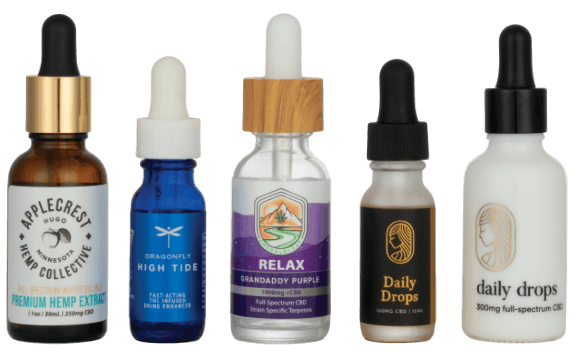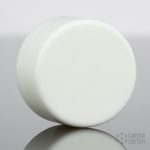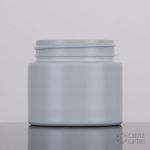Label Pre-Press
Our checklist

File Formats/Data Delivery:
- Adobe InDesign– ‘Package Facility’ will ensure all images and fonts are supplied correctly.
- Adobe Illustrator– Please embed graphics, all fonts. Leave editing capability checked unless reducing file size is absolutely necessary.
- Adobe Photoshop– Supplying artwork in photoshop is possible but definitely not preferable as Photoshop is resolution dependent. For Example: text will lose clarity as the pixels will soften edge definition.
- Compress all files into a .zip file, per document. For example, if collected a document into Folder “Collected” compress into “Collected.zip”
Layout:
- Always include a 1/8” (.125) bleed on all sides
- Include Die-Lines in separate layer and set not to print
- Provide separate versions or pieces as separate documents
- Try to keep all type and objects 1/8” away from all cut lines
- Use solid colors (Pantone or 100% K) for small type for digital
Graphics/Images:
- Send all linked graphics separately in their own folder
- Should be sized 100% and with the dpi around 250-350 dpi, default 300dpi
- Use .TIFF, .JPEG or .EPS formats
- Transparencies and other effects used in vector format softwares (Illustrator and InDesign) must be flattened and the fonts outlines. Not flattening transparencies or outlining fonts may result in some text or graphics dropping out of your artwork.
Fonts:
- Place fonts in a separate folder
- Include all families (screen & printer) for the job
- OpenType(.otf) fonts preferred
- No Fake styles (bolding, italic) use the correct font from the family version
- For open files all necessary fonts must be delivered with the data or must be vectorized
Fonts Used in Graphic Files- If drawing/illustration graphic files contain text matter, fonts for these files should also be provided
Converting Fonts to Outline Paths or Curves- One way to avoid font problems with graphic files is to convert all type matter in the graphic to either outlines, paths or curves depending on the software.
Colors:
- Use pantone Matching System names from swatch books
- When using pantone colors, remember the substrate the piece is being printed on (i.e. “C” for coated, “U” for uncoated)
- NO RGB colors, kindly convert them to CMYK values
- Consider using rich blacks when doing large solid areas of black for Offset (C=75 M=68 Y=67
K=89) - If possible, use black grays (levels of K) for solid panels
- When using color profiles be sure to embed them
Spot Colors– To ensure color continuity when working with multiple software programs, make sure that all spot colors are assigned to the exact same name in each program. To the computer system, PANTONE 200 CVU, is not the same color as PANTONE ZOO CV. Color names should be consistent throughout all elements of the layout file and in all imported graphic elements.
Caution: Be aware that some spot colors cannot be adequately represented using four-color process inks. Consult a color guidebook (e.g. PANTONE Process Color Imaging Guide)
Grayscale- Images that will print using only black ink should be converted to grayscale using professional image editing software (e.g., Adobe Photoshop)
Caution: When you convert to grayscale, you remove all color information.




